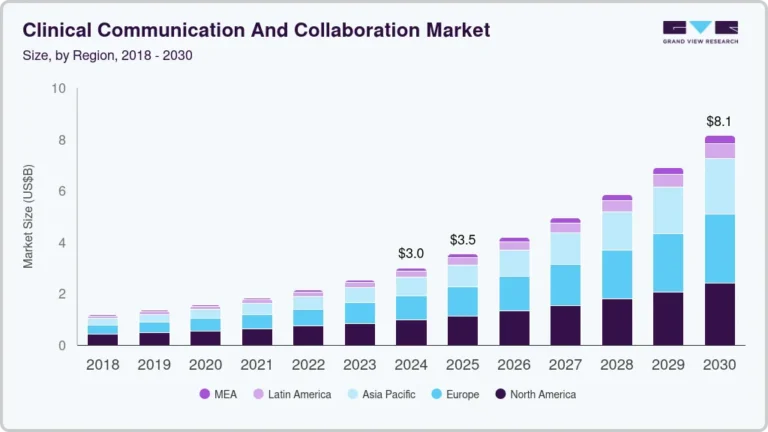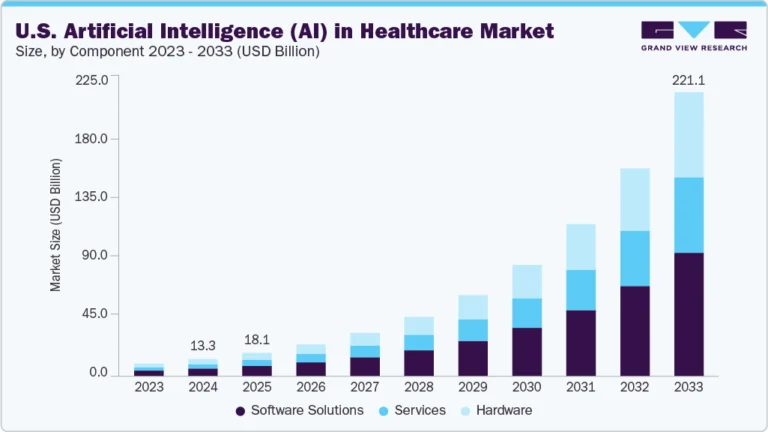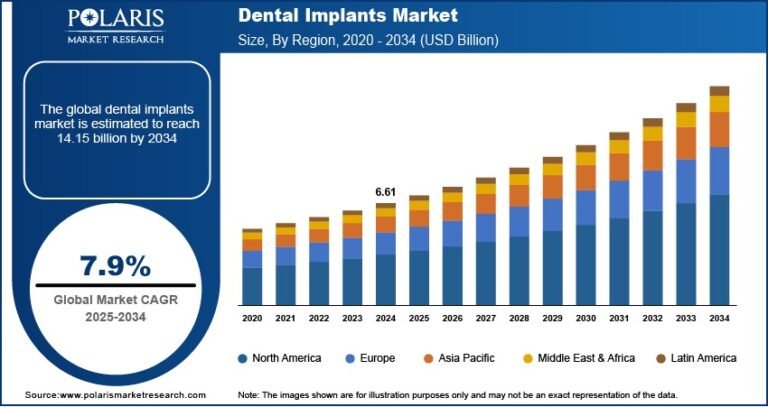Sleep Apnea Devices Market set to grow to $9.57 billion by 2034, with a CAGR of 6.0%.

The global sleep apnea devices market was valued at USD 5.03 billion in 2024 and is expected to grow from USD 5.36 billion in 2025 to USD 9.57 billion by 2034, registering a compound annual growth rate (CAGR) of 6.0% during the forecast period from 2025 to 2034.
Trends & Insights
- Rising Adoption of Home-Based Sleep Monitoring Devices
Increasing preference for at-home sleep diagnostics, supported by wearable sensors and smartphone integration, is enabling early detection and convenience in sleep apnea management. - Technological Advancements in Therapeutic Devices
Innovations in CPAP and BiPAP machines, such as noise reduction, auto-adjusting pressure settings, and cloud-connected features, are enhancing patient compliance and treatment effectiveness. - Increasing Awareness and Diagnosis Rates
Public awareness initiatives and routine health check-ups are leading to higher diagnosis rates, especially in developed regions, creating greater demand for both diagnostic and treatment devices. - Growing Demand in Emerging Markets
Rising healthcare infrastructure, medical tourism, and increasing disposable income in developing countries are expanding the reach of sleep apnea diagnosis and treatment technologies.
𝐆𝐞𝐭 𝐄𝐱𝐜𝐥𝐮𝐬𝐢𝐯𝐞 𝐒𝐚𝐦𝐩𝐥𝐞 𝐏𝐚𝐠𝐞𝐬 𝐨𝐟 𝐓𝐡𝐢𝐬 𝐑𝐞𝐩𝐨𝐫𝐭:
Market Size & Forecast
- Market Size in 2025: USD 5.36 billion
- Revenue Forecast for 2034: USD 9.57 billion
- CAGR (2025–2034): 6.0%
Sleep Apnea Devices Market Overview
The sleep apnea devices market is gaining momentum as awareness of sleep-related disorders and their impact on overall health continues to rise. Sleep apnea, a condition characterized by interruptions in breathing during sleep, has been linked to a range of health complications including cardiovascular diseases, hypertension, diabetes, and stroke. With more people undergoing diagnostic sleep studies and seeking treatment, the demand for effective therapeutic devices has grown significantly. This includes continuous positive airway pressure (CPAP) machines, bilevel positive airway pressure (BiPAP) devices, adaptive servo-ventilation (ASV) systems, oral appliances, and diagnostic equipment.
Technological advancements are transforming the landscape of sleep apnea management. Portable and user-friendly devices, remote monitoring tools, integration with smartphone apps, and AI-enabled diagnostics are making treatment more accessible and personalized. Additionally, the growing prevalence of obesity—a major risk factor for sleep apnea—along with an aging population, is driving further adoption. As public health campaigns and insurance coverage for sleep disorders improve, the market is expected to see continued expansion over the next decade.






